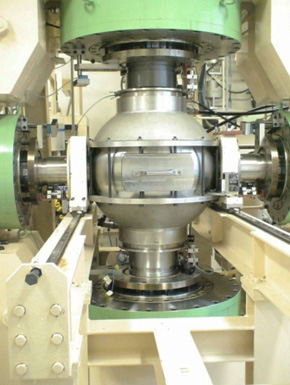


We perform laboratory experiments to quantify the frictional strengths of fault rocks that constrain the stress states in the upper crust, and to determine appropriate viscous flow parameters for rheology models of the arc-trench systems. Focusing on the role of fluids in seismogenic zones, we investigate the mechanical and chemical effects of water on frictional sliding, brittle failure, and viscous flow. The research project includes the following subjects. (1) The weakening processes of fault zones in the brittle upper crust: e.g., formation of clay minerals in the presence of aqueous fluids and lubrication of fault planes due to carbonaceous materials. (2) Water-rock interactions in the middle crust and formation of aquifers in the seismogenic zones of inland earthquakes. (3) Elementary processes of frictional sliding under high-temperature, high-pressure, and high-pore pressure conditions in the middle crust and the deep regions of subduction zone megathrusts; relatedly, the influence of pressure solution and plastic deformation on frictional properties. (4) High-temperature creep in lower crustal materials such as feldspar, and precise determination of their flow law parameters. In order to obtain accurate mechanical data, we employ several different types of rock deformation apparatuses that can apply a wide variety of pressure and temperature conditions. A new hydrothermal rotary shear apparatus is also developed in this project.